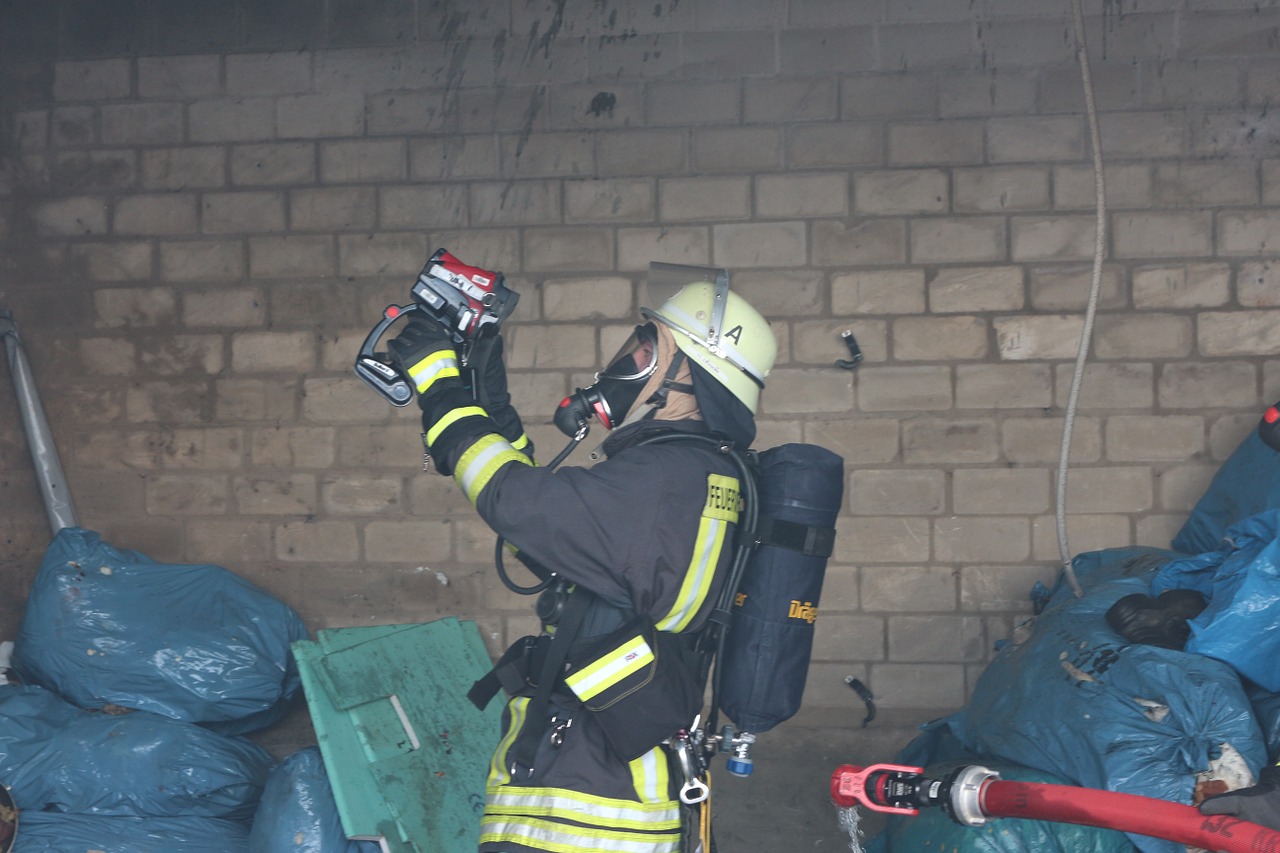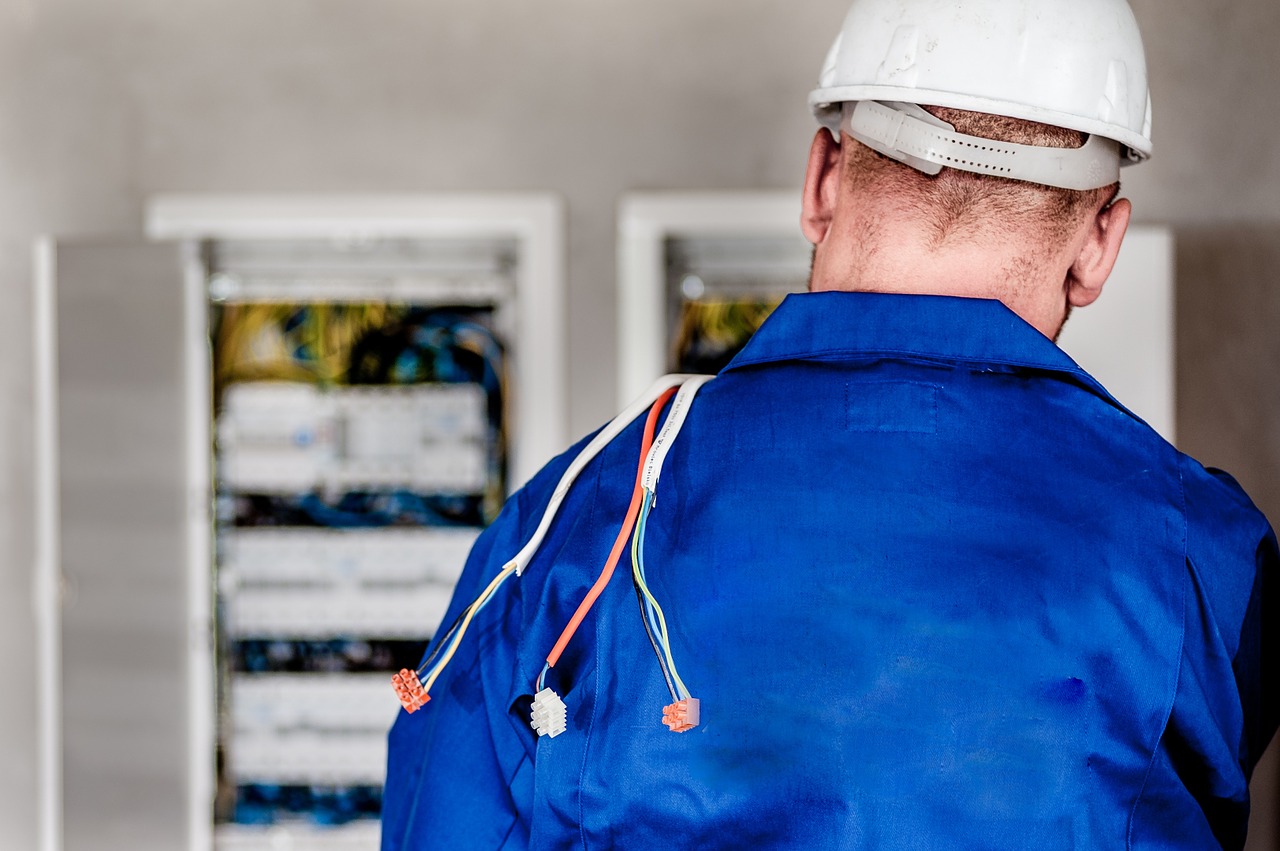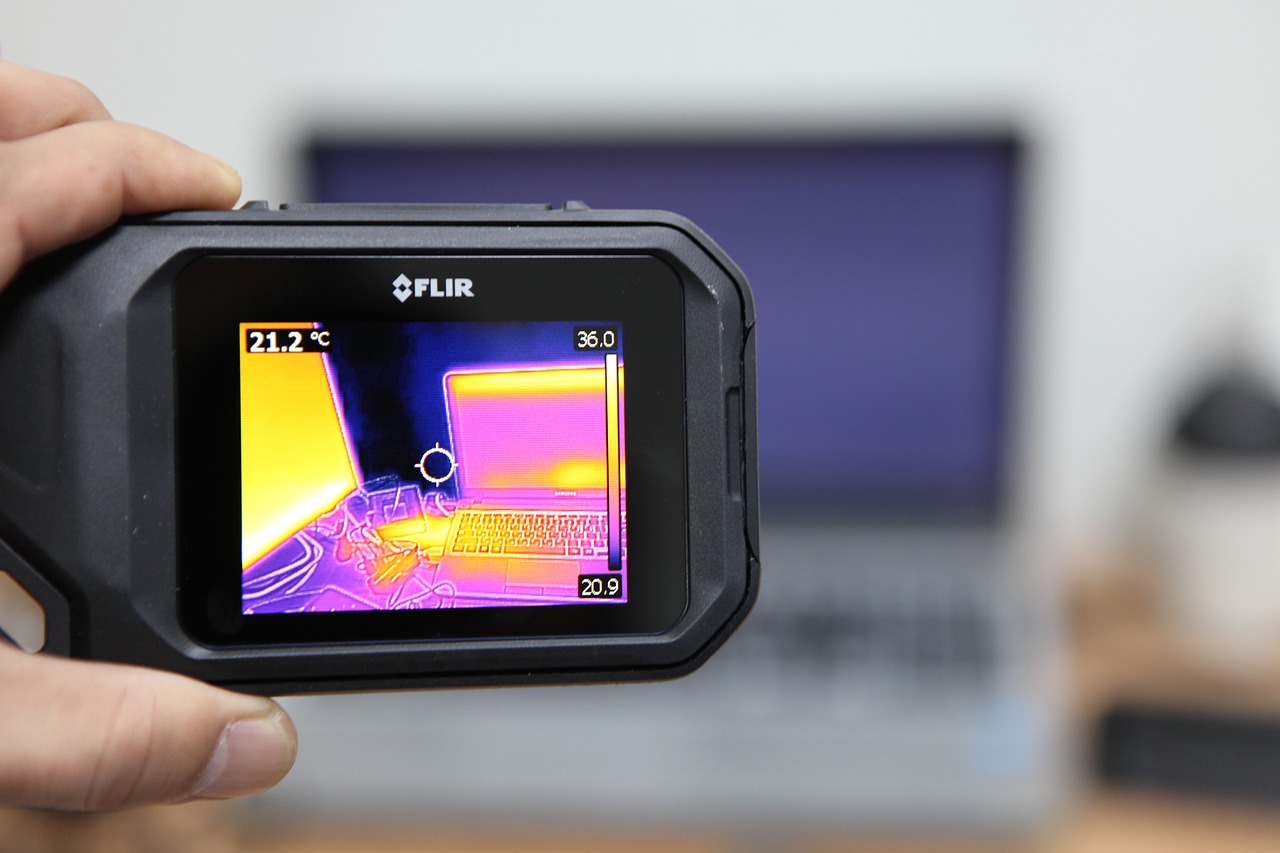For finding amounts in tanks, the instrumentation is undependable. The demand for info regarding levels remains even crucial or required. As an instance, there was a thermographer used to confirm that a degree in a storage tank across the Gulf Coast. In processes, the operator should be aware of how much capacity is offered in each tank. With no knowledge, a generation might be slowed or, even if an escape occurs, a harmful situation created. Sometimes degrees can not be determined by the current level. Waxes and foams, for example, are challenging to discover and quantify. 
A paper mill experienced a scenario where there was a tank thought to be sized when it was full rather. The tank was more cost-effective than replacing it! A petrochemical plant hired a contractor to clean a tank out. You need to seek thermal camera in order to give accurate measurement of the silos and tanks. Below are things you need to consider in choosing your thermal camera.
Thermal Imaging as a Way of Determining Levels
The majority of the time, the substances at a tank or silo, gases, liquids, or whether solids act when exposed to a transition. Gases typically change temperature. Water, for example, includes. The way it enables them to be distinguished using an infrared camera, even though the power of solids might be like fluids.
Heat transport influences solids, such as sludge primarily. The outcome is that only because they don’t blend in precisely the manner that the liquid does the coating of solids in close touch with the tank walls heat and cool than the part. One issue is if the tank/silo is half-empty or half-full. The study is required by this decision by the investigator of these substances, ecological and container home conditions.
Necessary Environmental Requirements
The key to determining amounts would be to watch silo or the tank. If seen with all the environment in a thermal state, no differences will be viewed. Silos and tanks which are empty or full look identical. Though it might not produce a picture, it is tricky to discover silos or tanks which aren’t in transition.
Environmental conditions may have a direct effect on the capability to detect amounts. Precipitation wind, ambient air temperature, and loading can, collectively or independently, create or negate differences on the surface. New things include the prices at which they’re currently moving, in addition to the temperatures of these goods being stored in or transferred through the tanks and silos.
The pattern is due to an interface. While the liquid reacts slowly in a circumstance, the gasoline reacts into the scenario. The gas might be warmer than the liquid. Relationships that are liquid/sludge might be challenging to discern. Passing might be asked to take a picture. Layers of sludge might be equal from the container bottom.
Thermal Patterns of Materials in Different Forms
Foams are not hard to differentiate from fluids but might seem like gases. When pushing the tank to show the differences, care needs to be taken. Finding levels like waxes will require persistence, ability and a rate of heat transport that is transitional, but the results could be startling. Whether or not interfaces, like a mixture of water and petroleum, may be viewed depends on their viscosity, their thermal capabilities as well as to a lesser extent.
Simple experiments suggest it is easy to find the port of water and petroleum, but additional work has to be completed to confirm this technique. Mass transfer of heat from the movement of the material can be necessary, while heat transport in substances is still perceptible.

